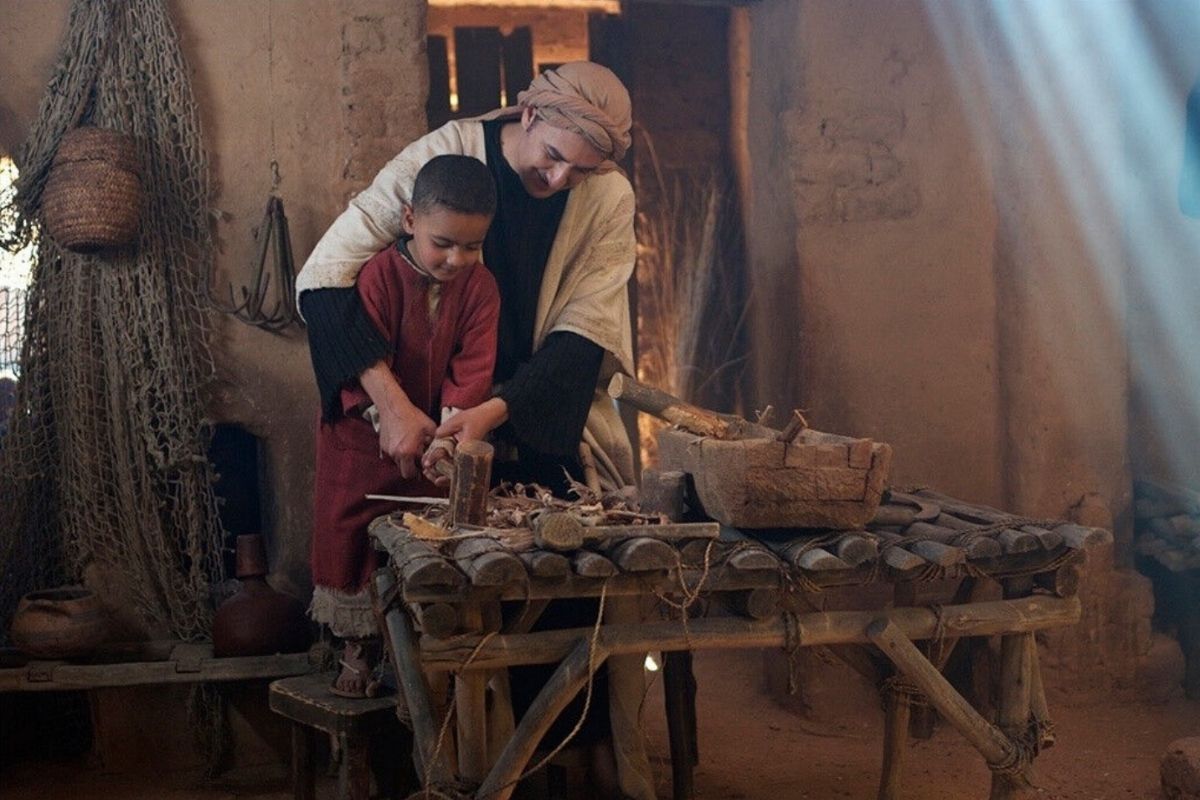
Jesus’ teaching on money (possessions) is quite radical and challenging. However, we must read his teachings in their immediate social context/s instead of arriving at easy (or quick) conclusions.
Jesus’ teaching on money is strewn all through the four Gospels. In my view, any attempt to string these disparate elements into a unified whole in total disregard for their specificity to individuals, spatial locations (and perhaps even narrative design) is misguided at best.
I propose to take a slightly different approach. I believe that a good starting point is to ask: How did Jesus (and his disciples) use money? Jesus’ consistent life can offer valuable insights (and/or maybe the needed correctives).
In this two-part article, I will focus on a few texts and attempt to correlate Jesus ‘ use of money with his teaching on money. Hopefully, this will enrich our understanding of wealth creation, ownership, stewardship, worship, and charity.
Earning to support family needs
Jesus lived with his family in Nazareth. Joseph was a builder-carpenter (Gk. techne), and it is most likely that Jesus picked up trade skills working alongside Joseph as an apprentice.
After Joseph’s untimely death (?), Jesus must have supported his family with the income from his(?) workshop. (Interestingly, Jesus was known as the ‘son of Mary’ – Mt. 13: 55)
Rural economies are mostly self-sustaining hubs without much need for money. However, several studies point out that the ‘popular picture of a rustic Jesus growing up in a small village in Galilee’ is misleading (Bates, 2001).
New archaeological evidence points to the city of Sepphoris, with a sophisticated urban culture in the vicinity of Nazareth. It is hard to imagine Jesus’ family living in Nazareth without money ( or the need for money!).
Jesus may have worked (possibly alongside his brothers) in Nazareth and Sepphoris to take care of the growing family needs.
There is no explicit evidence of Jesus using money to pay for the family’s daily needs. However, Mary’s appeal to Jesus for help in the wedding at Cana (Jn 2:3) indicates Jesus’ role as a provider in the family.
The Rejection of Mammon (Ungod)
In the temptation narratives (cf Mt 4:1 – 11; Lk 4: 1-12), Jesus refused to worship the devil despite the promise of all “glory and authority” ( Mt 4:9 & Lk. 4:9) and reserved the utmost worship for God alone.
Not surprisingly, Jesus applies this foundational principle (worship God alone) to the unending quest for money at the heart of his culture. Jesus taught his disciples: “No one can serve two masters and therefore, You cannot serve God and Money/Mamon (Mt.6:24).
Using the Aramaic derivative “mammon”, Jesus seems to personify money as an idol that actively seeks devotion/worship (cf. Keener 2014). Mammon, then, represents the Ungod – the “accumulation and piling of resources” (Bruce F.F 1983), “dishonestly gained and wealth dishonestly used” (Brown 1986).
Simply put, Mammon (as an UnGod) is opposed to the true values of the Kingdom of God. For Jesus, Mammon is “a rival to God” (Je’ Adayibe) and therefore, you cannot worship God and Mammon.
The affections of the heart are a true test of one’s spiritual condition. Jesus knew that one’s heart is always where the treasure is (Lk 12: 34).
The abundance mindset
During Jesus’ time, Galilee witnessed an economic boom. The upturn was due to the burgeoning trade through link roads, higher customs revenue, and Herod’s massive building projects.
There was an insatiable appetite for land, money, and power. And yet, Jesus lived a life of contentment. He was neither unduly concerned about food (Mt. 6:25a), drink (Mt. 6:25b), clothing (Mt. 6:28) and housing ( cf. Mt 8:20). He was not anxious about tomorrow (Mt. 6:34) but looked toward God for his daily needs (Mt. 6:11)
Jesus pointed to the poverty of materialism: A man’s life does not depend on the abundance of possessions (Lk. 12:15). Therefore, he cautioned people to guard (themselves) against all kinds of greed.
Jesus invited people to seek “the kingdom of God and his righteousness”. He taught them that God would provide these ‘necessities of life’ through his providence (Mt. 6:33 – 35).
Receiving Donations
During his public ministry, Jesus travelled extensively throughout all of Galilee, teaching in Synagogues and proclaiming the Gospel of the Kingdom. Jesus’ ministry travels and stay must have incurred many expenses.
Thankfully, many (mostly well to do respectable women) provided for them from their own resources (Lk 8:3). Mary Magdalene, Joanna, Susanna, Mary (the mother of James and Joses), Salome and many others were the benefactors ( Lk 8:3; Mk 15:40).
Besides, many other influential men, such as Nicodemus, Joseph of Arimathea, Jairus, and the Centurion, could have also supported Jesus’ ministry.
Jesus had many wealthy friends. Therefore, Jesus’ teaching, “ It is easier for a camel to go through the eye of the needle than for a rich person to enter the Kingdom of God”, needs to be understood in its context.
Jesus neither despised the Rich nor their material possessions. Jesus was against the entrapments and entanglements that accompany the love of money. He denounced the self-serving, self-gratifying and selfish attitudes and actions of the rich and powerful.
Can the Rich turn to God and be righteous? Jesus’ response to the query, “ who then can be saved?” is instructive. He said, “With man this is impossible but with God, all things are possible” ( Mt. 19:26)
Jesus critiqued the Rich, questioned their unreasonable accumulation of wealth and denounced their insatiable greed for more. Jesus also exposed the spiritual dangers accompanying wealth and actively promoted the (re)distribution of wealth to the poor and needy. However, Jesus knew the importance of money in everyday life – (domestic affairs, business, travel and stay etc.). He approved the use of money for legitimate purposes. In the second part of the article, we will see how Jesus used money for seeking the common good, paying taxes and charity.
This is part 1 of the 2 part series titled “Did Jesus use money?“.